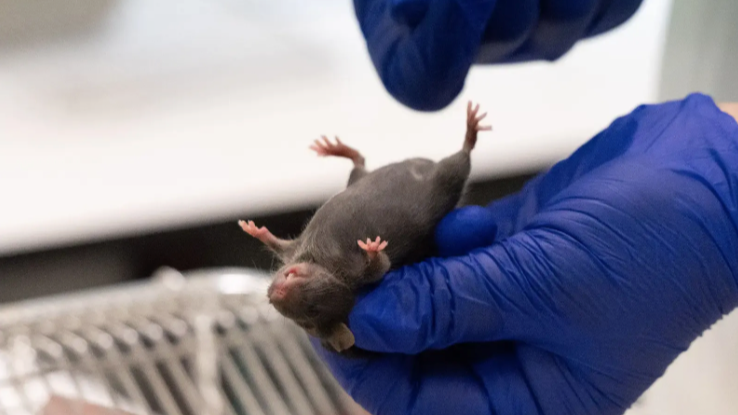Research sector in France welcomes EU-wide figures on the number of animals used in science
- Ana Barros
- Feb 5, 2020
- 3 min read
Updated: Jun 23, 2021
The French biomedical research sector has welcomed the publication of the first comprehensive statistics, from across the EU, including France, on all uses of animals in scientific, medical and veterinary research.
The headline figures published show that the total number of animals used in the EU in 2017 was 9,388,162. More than 92% of the total were mice, fish, rats, and birds, whereas cats, dogs and primates, accounted for around 0.25% of the total.
The total is made up of animals used in basic and applied research, and regulatory studies aimed at ensuring the safety of medicines and other products, routine production and education and training.
EU statistics were also released for animal use in France in 2017 which was 1,757,837 (see also case study below).The most used animals in France in 2017 were mice, fish, and rats, which represented 83.6% of the total – dogs, cats, and monkeys made up 0.31% (see also Notes to Editors below).
Dogs can be used to test new drugs before clinical trials are conducted in humans, while monkeys are also used in drug testing and have played a significant role in research in AIDS and developing treatments for Parkinson’s disease.
Commenting on the figures, Kirk Leech, executive director of the European Animal Research Association (EARA), said: “The EU biomedical sector is committed to transparency and openness on the use of animals in research and this is another step towards that.
“Using animals as a research model is often the only way to develop new treatments and understanding of the human body and we congratulate the EU for making these statistics public.”
Restoring human sight thanks to monkeys
Scientists at the Paris Vision Institute, France, have shown that an artificial retina could restore the sight of patients with eye diseases.
In collaboration with Pixium Vision, a bioelectronics company, the team at the institute (part of Sorbonne Université, INSERM, CNRS), carried out research in macaques and patients suffering from age-related macular degeneration (AMD) – the most common cause of sight loss in the developed world.
The results show that an artificial retina implanted into monkeys allows a high resolution visual perception.
The findings pave the way to move forward to clinical trials on blind patients affected by age-related macular degeneration.
Serge Picaud, Research Director at Institut de la Vision, Paris, France, said:
“Developing therapies for macular degeneration will need studies and safety evaluations in monkeys. Although retinal organoids can be grown from human donor samples, scientists cannot generate a macula which is responsible for both central and colour vision. Only monkeys and humans have a macula and that’s the reason why there is no realistic alternative to non-human primates in this field.”
Separate figures were also produced to record the number of animals that were bred but not used in experiments, this was 12,597,816 across the EU. These can be animals that underwent no procedures themselves; that were the wrong gender for a particular research study; or were a necessary surplus from breeding.
There was also a figure for animals used for the creation and maintenance of genetically altered animal lines (1,276,587) across the EU.
Most of the medicines we have come from animal research. Often science doesn’t need to use animals, but for many key questions they are crucial.
Animals are used alongside several other techniques such as cell cultures, human studies and computational models. These methods are used – often in tandem – to answer the key biological questions necessary to understand and treat disease. Before an animal model is selected, researchers must show that the knowledge could not be acquired using non-animal methods.
End
Notes to the editor
Animal research is strictly regulated under the EU Directive 2010/63. Every procedure, from a simple blood test to major surgery, requires individual, establishment and project licences, as well as approval from animal welfare and ethical review bodies.
All organisations are committed to the ‘3Rs’ of replacement, reduction and refinement. This means avoiding or replacing the use of animals where possible; minimising the number of animals used per experiment and optimising the experience of the animals to improve animal welfare. However, as institutions expand and conduct more research, the total number of animals used can rise even if fewer animals are used per study.
Since 2013, it has been illegal to sell or import cosmetics anywhere in the EU where the finished product or its ingredients have been tested on animals.
The number of procedures each year is usually slightly higher than the number of animals used. This is because some animals may be re-used in research. These instances are counted as separate, additional, procedures.
About EARA
The European Animal Research Association (EARA) is an organisation that communicates and advocates on biomedical research using animals and provides accurate, evidence-based information. It has more than 80 partner organisations, including private and public research bodies, universities, regional and national biomedical associations and suppliers, across 17 European countries.
End



